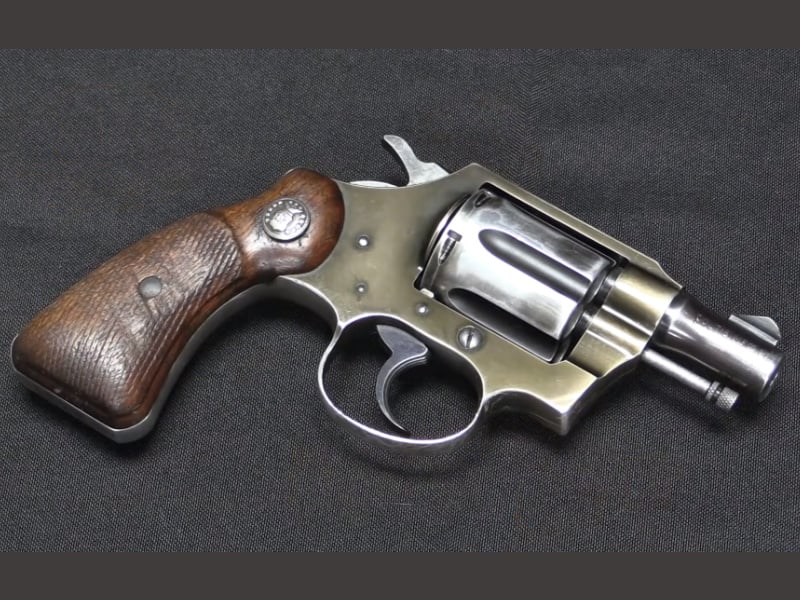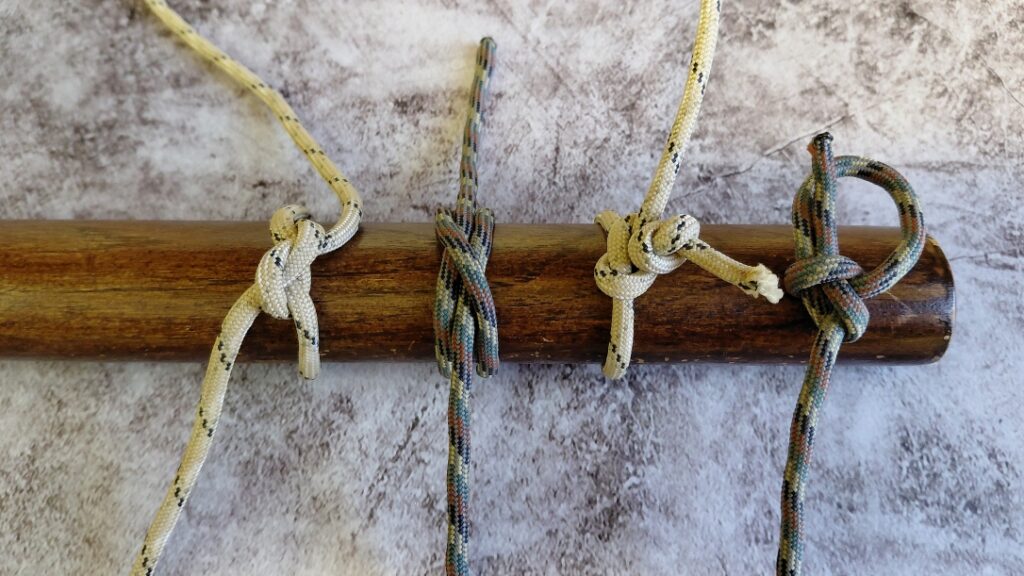If I had a nickel for every time the US government hired S&W and Colt to produce what was practically the same revolver, I’d have two nickels. It’s not a lot, but it’s odd that it’s happened more than once. In World War 1, both companies produced the Model 1917 revolvers that chambered .45 ACP and were used to supplement the M1911. However, oops, they did it again with the M13 Aircrew revolver.
The M13 Aircrew Revolver – The Air Force is Special
Have you ever noticed that the Air Force is really special when it comes to small arms? They kept the S&W M15 in service until only recently. They have a fancy takedown AR and tend to just have weird guns lying around. That’s not always bad, and it’s primarily how we were able to get the M16 adopted.
In a post-World War 2 world, the Air Force decided pilots needed a new weapon. If they had to eject from their fighter pilots down to a horde of commies, we wanted the American fighting man to be armed. What the Air Force wanted was an ultralight handgun, and it being the 1950s, it seemed simple to just go with a revolver.
Advertisement — Continue Reading Below
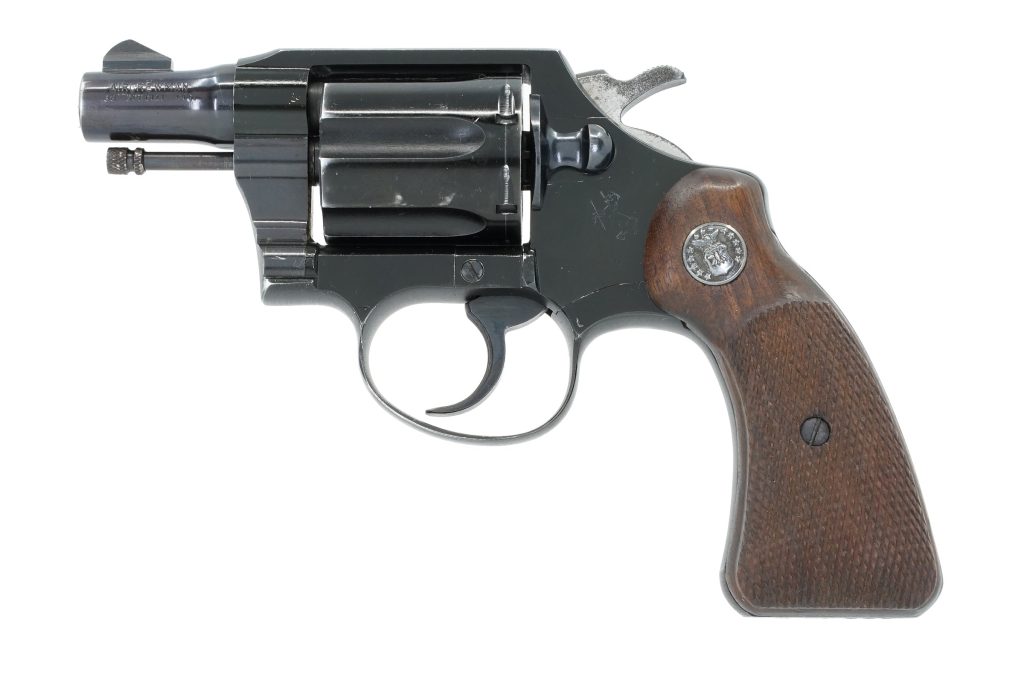
By this time, we had the Colt Cobra and the S&W Model 36, but apparently, they were too heavy. The Air Force wanted them to be even lighter. Colt got the initial contract and began producing the first M13 Survival Revolver. The frame and cylinder would be made from aluminum, but the barrel would at least be steel.
The M13 was a typical snub nose revolver with a six-shot cylinder, but it used lighter materials. The total package weighed a mere 11 ounces and had the super sweet Air Force emblem in the grips. Colt called it the Aircrewman.
Advertisement — Continue Reading Below
S&W’s Turn
Colt only produced a very small number of these guns for the Air Force before S&W got the contract. Cotl made less than 2,000 of these revolvers. It’s not totally clear why Colt lost the contract to S&W, but S&W ended up making 40,000 M13 revolvers.
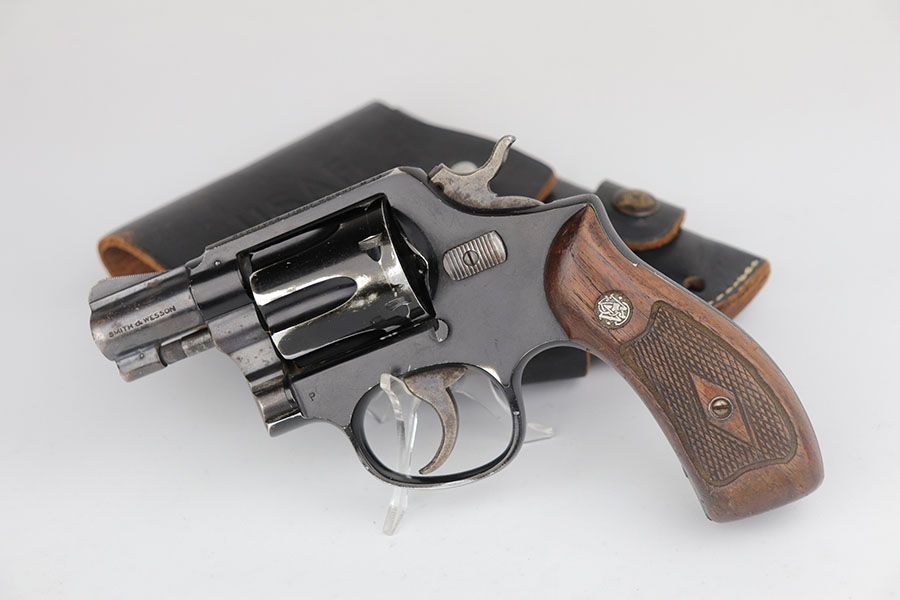
The S&W Model 13 is made from the Model 12. The Model 12 was a lightweight variant of the Model 10. The Model 13 for the Air Force replaced the standard cylinder with the lighter aluminum cylinder. S&W also produced the M13 for the everyday Joe, which was called the Military and Police Airweight.
Advertisement — Continue Reading Below
Problems Arose
Oh boy, well, it turns out the aluminum cylinder was a bad idea. Aluminum is great if it doesn’t have to hold the explosion created by a round being fired. Both the Colt and S&W M13 revolvers began to have problems with the cylinder and frames cracking and splitting. The Ari Force had a genius idea, and it wasn’t accept a revolver that weighs four ounces more.
Instead, they decided to produce a special lowered powered .38 Special load. The new load was called the Caliber .38 Ball, M41 Round. The low-powered round fired a 130-grain round at 725 feet per second. It’s not quite a powerhouse of a round.
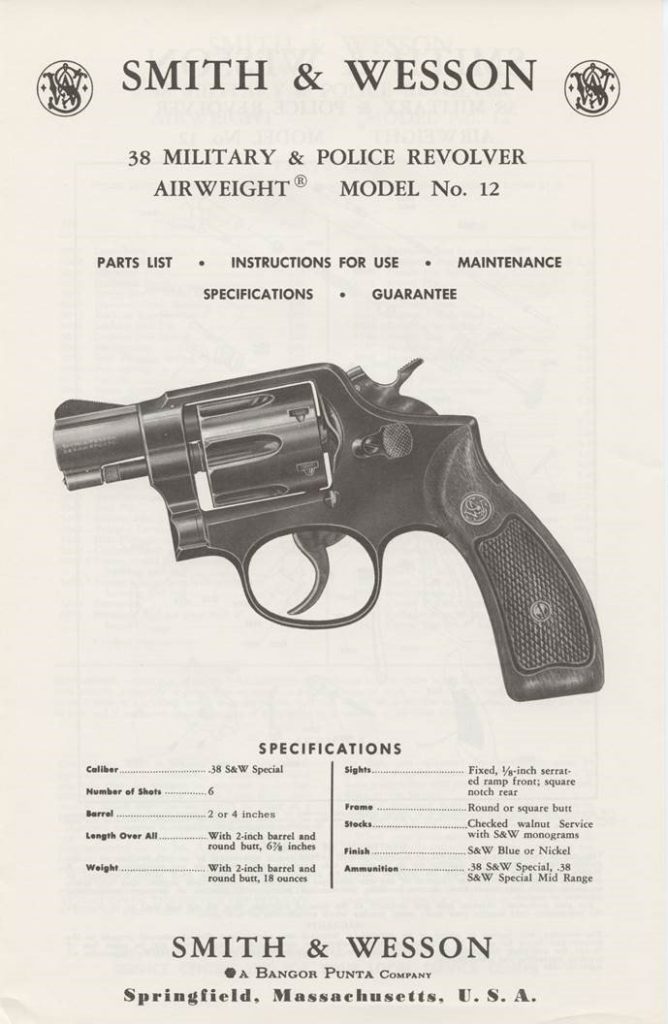
Advertisement — Continue Reading Below
Still, the revolvers could accept standard .38 Special, and that could have been a problem. The Air Force ditched the idea entirely, and they destroyed the majority of the M13 revolvers. This makes survivors fairly rare, especially Colt survivors. A recent auction saw a S&W example selling for 4,500 dollars.
So that’s twice I’ve found Colt and S&W making basically the same gun with minor differences for the United States military. Is there a third? If so, I hope to find it!
